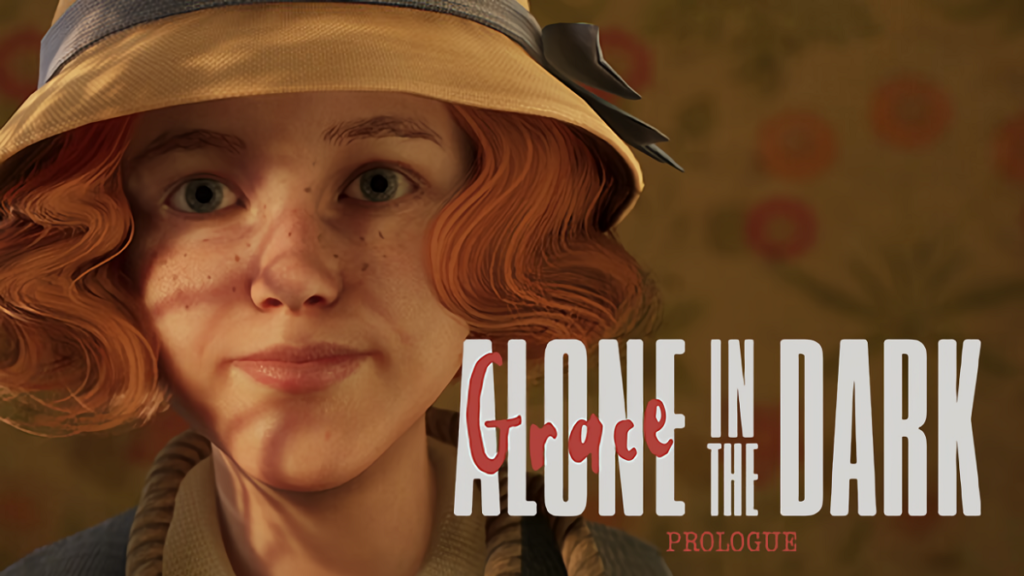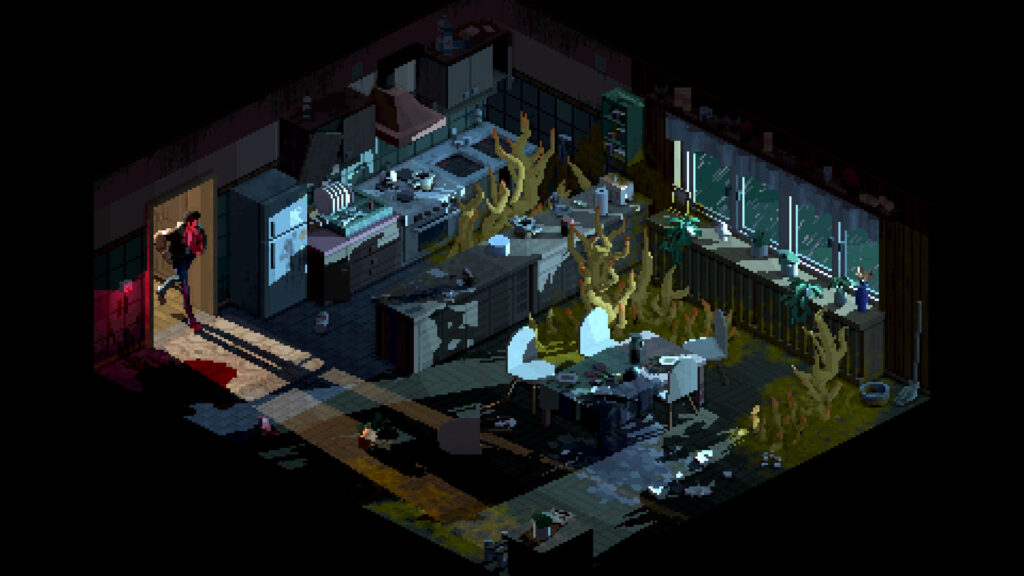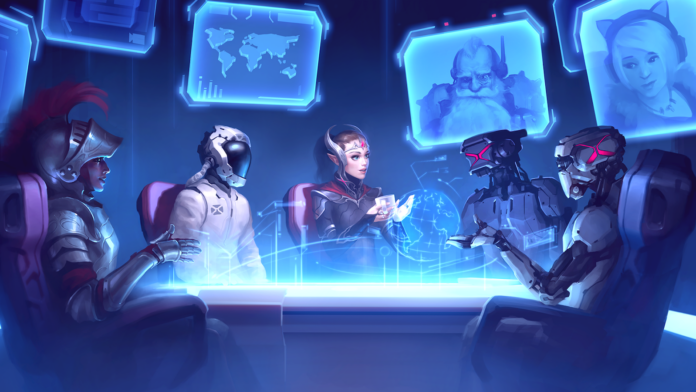Disclosure: This article has been written as a part of a paid cooperation with Xsolla
Game demos are as important to a successful game marketing strategy as trailers and advertising. They enable developers to establish a connection with their target audience early on, while turning interested players into buyers. A game demo is more than a condensed snapshot of your game. It should be polished, free of bugs, and thoughtfully tailored to create a captivating first impression in anticipation of your full release.
How to create the best demo
When executed effectively, game demos have been shown to not only boost popularity on Steam paving the way for a successful game launch, they can also boost conversions, especially for demos that introduce the narrative of the game. Yet, much like crafting a compelling trailer, there are a lot of factors to consider when launching a game demo like appealing to your target audience and deciding how much of your game you wish to reveal.
What kind of demo do you need?
Game demos can be broken down into two main categories, publisher demos and public demos, and understanding what each does and how they benefit your game’s promotion can help you decide which is best suited to your game.
Publisher demos are tailored for pitch meetings and potential partnerships. Typically highlighting a game’s mechanics in their raw form, even before content and visuals receive their final polish. These demos serve as a way for publishers to gain a solid understanding of the game’s intended direction, presenting crucial story elements from the game’s beginning, middle, and end.
Public demos aim to showcase your game’s mechanics and style to players while also garnering interest in the full game through story introduction. The most commonly used form is a prologue. These specialized demos offer just enough of the game’s narrative to captivate players without revealing too much of the plot. This strategic approach ensures that players become acquainted with the gameplay mechanics, all while leaving them excited to dive into the complete storyline by purchasing the full version after release.

Deciding which type of demo to release depends on the stage of development you find yourself in. As you approach the launch phase, directing your efforts towards a public demo can effectively engage your established target audience and immerse players in your game’s narrative, should it feature one. However, if you’re still in the early stages of development and in search of an investor, a publisher demo is your optimal choice.
Best practices for publisher demos
Ensure your publisher demo shows off your game’s bug-free, core gameplay loop, that works on the systems and screen resolutions that the publisher has available. Aim to show off a vertical slice that is about 80% mechanics-focused and 20% content-focused. Your demo should be an excellent example of what you intend your game to be, should showcase your team’s developmental ability, and show that your studio can hand in deliverables on time and budget.
Best practices for public demos
When preparing a public demo, you’re promoting your game to a wider community with a goal to leave a lasting impression on your target audience. While the technical aspects and narrative should be highlighted, don’t forget about the “fun factor” of your game. Why should players want to buy your game?
Make sure your audience doesn’t have to navigate an array of menus, and cut back on extensive tutorials before they can begin enjoying the demo. Engaging your audience effectively and bringing enjoyable elements closer to the forefront of their experience can influence more players to buy your release.
Show off your core gameplay
Much like a publisher demo, your public demo should provide a snapshot of your game’s core gameplay loop. The goal is to offer your audience a taste of what your game is all about and your focus should be on presenting your core gameplay loop in a clear and enticing way.
Consider Holstin’s demo as an example. It showcases the game’s primary mechanics, which encompass a unique camera/perspective system, puzzle-solving, and shooting. What sets it apart is its ability to infuse a touch of worldbuilding, narrative exposition, and atmospheric elements, effectively capturing the player’s interest.

Ways to level up your demos
A well-crafted game demo should encompass three essential aspects: replayability, carry-over elements, and just the right amount of story.
- Replayability shines through in demos like Resident Evil VII, where each playthrough unveiled intriguing story Easter eggs that kept players engaged and buzzing with excitement until the full game’s release.
- Some demos allow players to carry over items, achievements, and story elements into the full game, as seen in Norco’s act one demo. This seamless transition from demo to the full title keeps players hooked and invested in their progress.
- Even if game demos don’t serve as direct prologues to the main story, incorporating small snippets of narrative can result in captivating experiences. Alone in the Dark’s prologue unfolds its unique story within the same world as the main game, delivering a standalone narrative that enriches the overall gaming experience.
Maximizing feedback for your demo
Prior to release, share your demo with your studio’s team, industry colleagues, friends, and family. This will enable you to identify and address more bugs while also integrating valuable early feedback to enhance the clarity of your demo, fine-tune action sequences to maintain player engagement, and ensure that your demo mirrors your game’s full potential.
Your game demo serves as the initial introduction to your title, and it should not only appear polished but also deliver a seamless experience. Eliminate problematic features, address any potential crash-inducing elements, and resolve critical bugs. It’s essential to ensure your demo functions smoothly across the range of platforms and PC configurations you intend to support.

Power your game’s launch with Xsolla
With resources and services to help game developers navigate game launches, including the creation of game demos and connecting with publishers and investors, Xsolla’s team of experts provide support that support every facet of your game’s release, allowing you to concentrate on what matters to you — making your game the best it can be.
Xsolla Funding Club, a video game funding program with no upfront costs, has a goal of helping developers and studios find funding for their projects and establish long-term connections and conversations with game-focused publishers and investors. The program allows participants to network with 180+ investors, participate in industry events like GDC or Gamescom, and even establish a partnership with a publisher or investor. Joining the program comes at no upfront costs for developers.
Once you’re part of the program, you’ll begin connecting with interested investors and publishers by pitching your game through our online portals. Game studios and investors can collaboratively determine financial terms, enabling you to budget for your demo and effectively promote your game while nurturing a lasting working relationship.
Get in touch with Xsolla to learn more about Funding Club and other Xsolla Funding initiatives.

